The ocean delivered a giant—and it was dead.
When the largest mammal ever recorded washed up on U.S. shores, it wasn’t just a moment—it was a phenomenon. Towering in size and shrouded in mystery, this sea titan sparked a wave of questions that scientists are still trying to answer.
Crowds gathered. Cameras rolled. The sheer scale of the creature left people speechless. Was it sick? Old? Injured? One thing was clear—it was unlike anything most had ever seen up close.
From its jaw-dropping measurements to the bizarre facts behind its biology, this oceanic legend is more than just a big body on the beach.
Here are 14 facts about the largest mammal ever found dead on U.S. shores—and why it’s still making waves.
Record-Breaking Discovery
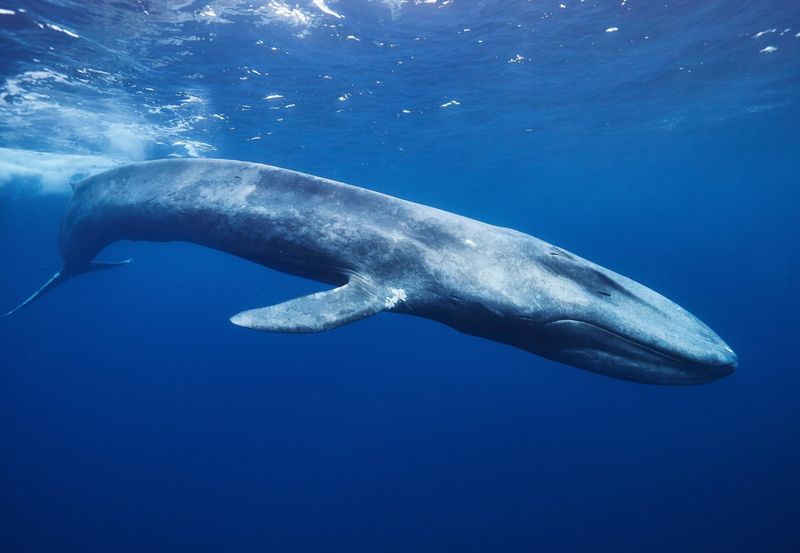
When the massive whale washed ashore on the coast, its enormous size immediately drew attention from scientists and locals alike. This giant blue whale was unprecedented in size, setting a new record for the largest mammal found on U.S. shores.
Its discovery has sparked extensive research into its life and the circumstances surrounding its death. Conservationists are particularly interested in understanding how such a magnificent creature ended up in this state.
The event has become a pivotal moment in marine biology, raising questions about ocean health and the impacts of human activity on marine life.
Cause of Death Mystery
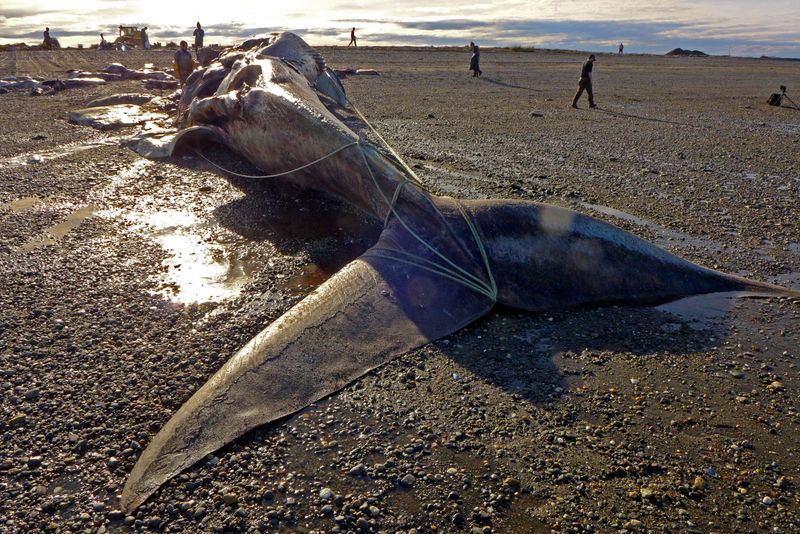
The cause of this whale’s death remains an enigma, intriguing scientists and researchers. Despite extensive examinations and autopsies, the exact reason behind its demise has not been pinpointed.
Various hypotheses have been proposed, including environmental factors, human interference, and natural causes. This mystery adds a layer of intrigue, prompting further studies and debates within the scientific community.
Researchers are keen on gathering more data to uncover the truth behind this mammal’s sudden death, as understanding such occurrences could prevent future tragedies in marine ecosystems.
Size Comparison
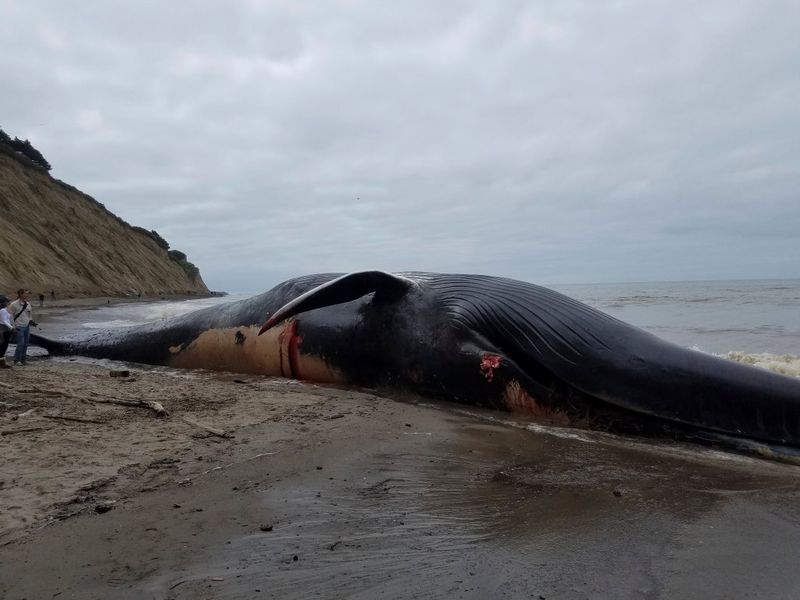
To put the whale’s size into perspective, imagine a creature longer than three school buses lined end to end. This incredible size is an awe-inspiring testament to the wonders of marine life.
Despite its massive proportions, this whale was surprisingly graceful during its lifetime, gliding through the vast oceans with ease. Its size not only reflects the majestic nature of blue whales but also serves as a reminder of the oceans’ vast capacity to support such creatures.
This discovery has reignited interest in the sheer scale of marine life and the mysteries it holds.
Environmental Impact
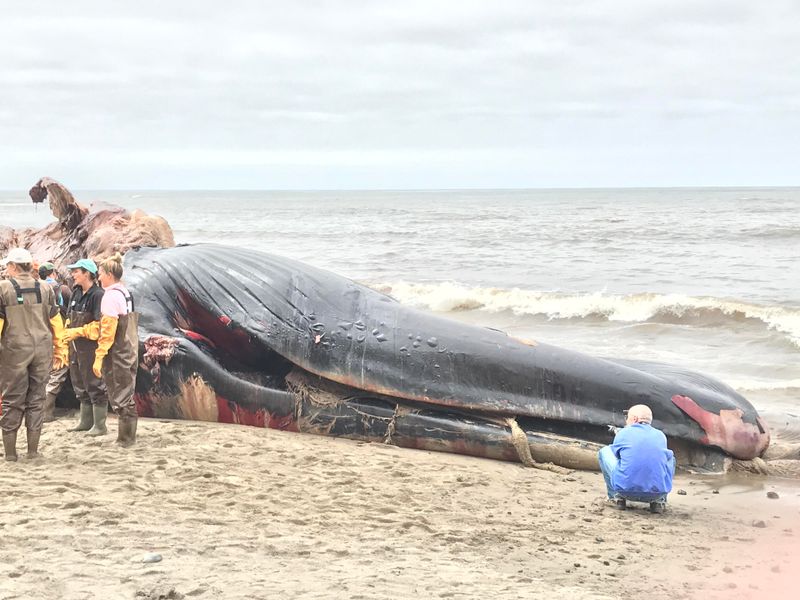
The discovery of such a large mammal washed ashore has sparked discussions about the broader environmental impacts on marine life. Scientists are particularly concerned about pollutants and climate change, which may have contributed to the whale’s demise.
Understanding these factors is crucial for preserving marine biodiversity and ensuring the health of ocean ecosystems. This incident serves as a wake-up call for conservation efforts worldwide, highlighting the urgent need to address the environmental challenges facing our oceans today.
Protecting these giants of the sea is essential for maintaining the delicate balance of marine life.
Historical Context
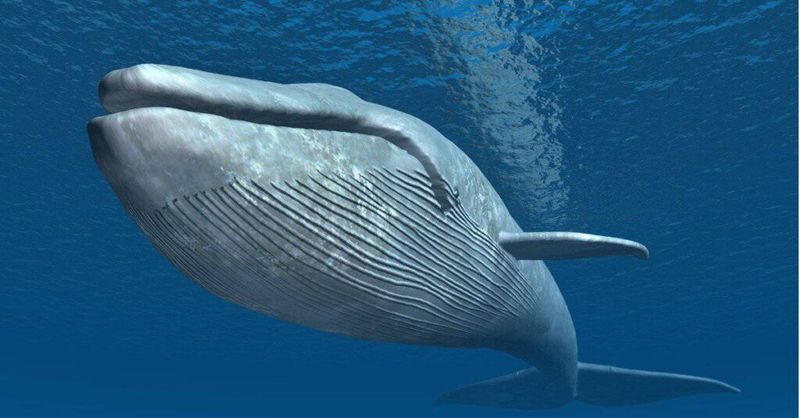
Historically, whales have been both revered and hunted by humans, a duality that has shaped their existence over centuries. This massive whale’s death is reminiscent of the days when whaling was rampant, leading to the near extinction of several species.
Today, efforts are focused on conservation and understanding rather than exploitation. By examining this whale, scientists hope to uncover insights that could aid in the preservation of these majestic creatures.
The historical context adds depth to the current situation, reminding us of past mistakes and the progress made towards protecting marine life.
Whale’s Journey
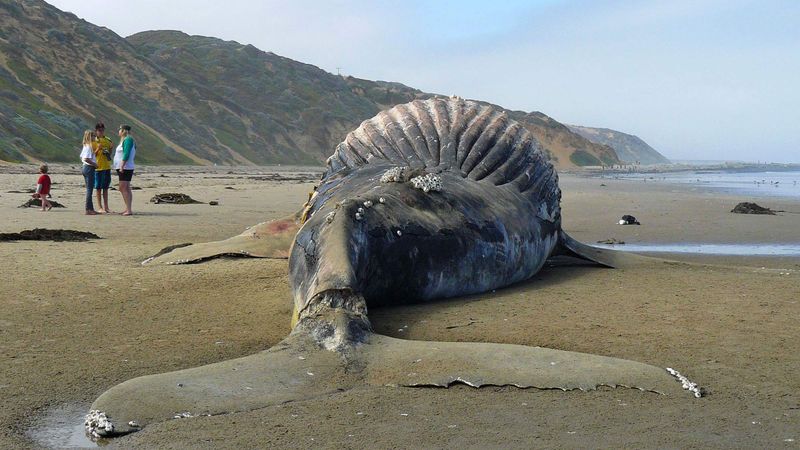
The journey of this colossal whale across the oceans is a testament to its resilience and the challenges faced by marine giants. Tracking its migratory patterns provides valuable insights into the life of blue whales, their feeding grounds, and breeding habits.
The path this whale took before ending up on U.S. shores is crucial for understanding the interconnectedness of marine ecosystems. Each stop along its journey tells a story of survival and adaptation.
Researchers are piecing together the whale’s travels to gain a comprehensive understanding of its life and the factors leading to its untimely end.
Community Reaction
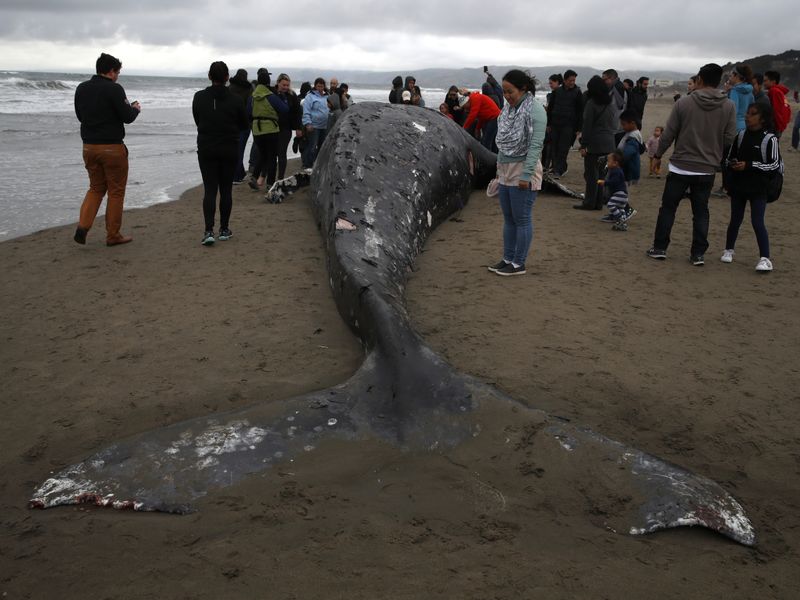
The arrival of the largest mammal ever found on U.S. shores brought together a curious mix of emotions within the local community. People gathered at the site, drawn by both fascination and a sense of loss for this magnificent creature.
Media crews captured the moment, highlighting the global interest in the event. Community members expressed concern over marine life preservation and the importance of ocean health.
This incident has sparked various local initiatives aimed at raising awareness about marine conservation, emphasizing the interconnectedness between human actions and the wellbeing of ocean inhabitants.
Scientific Research
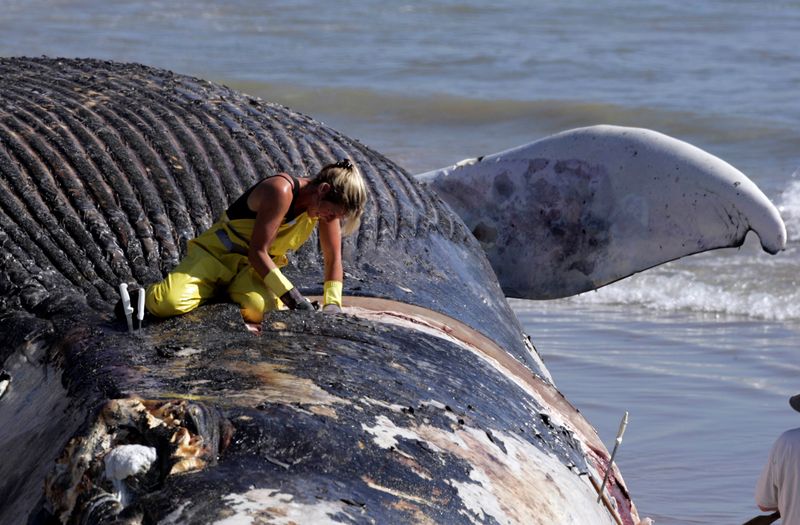
The scientific community has seized the opportunity to study this extraordinary find, initiating numerous research projects. Samples from the whale are being analyzed for genetic information, pollutants, and potential diseases.
This research is not only vital for understanding the whale’s life and death but also contributes to broader studies on marine mammals. The findings could have significant implications for conservation strategies and policy-making.
Scientists are committed to unraveling the mysteries surrounding this whale, with hopes of uncovering data that could benefit marine life for generations to come.
Cultural Significance
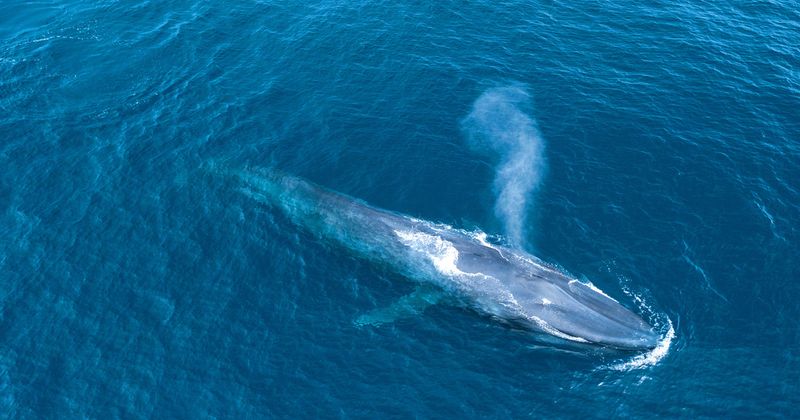
Whales have long held cultural significance for many indigenous communities, often seen as symbols of strength, wisdom, and endurance.
The discovery of this mighty whale has reignited cultural narratives and brought attention to the spiritual connections these communities share with marine life. Indigenous stories and art are rich with references to whales, reflecting their importance in cultural heritage and identity.
This event has provided an opportunity to celebrate and honor these traditions, as well as to foster a deeper appreciation for the role whales play in both ecological and cultural landscapes.
Marine Conservation Efforts
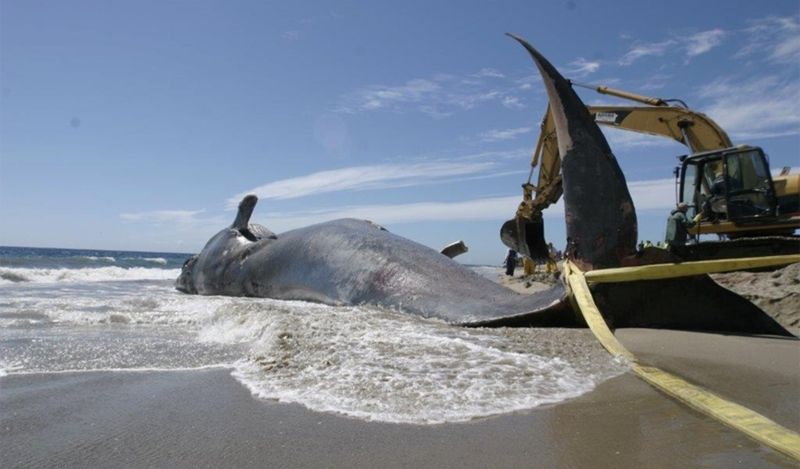
The incident has underscored the importance of marine conservation efforts aimed at protecting whales and other ocean inhabitants. Conservationists are advocating for stricter regulations on shipping routes, fishing practices, and pollution controls to safeguard these gentle giants.
Public awareness campaigns have been launched to educate people on the significance of marine life preservation. The event serves as a catalyst for change, inspiring individuals and organizations to take action in protecting our oceans.
Emphasizing the need for harmony between human activities and marine ecosystems is crucial for the survival of these majestic creatures.
Whale’s Anatomy
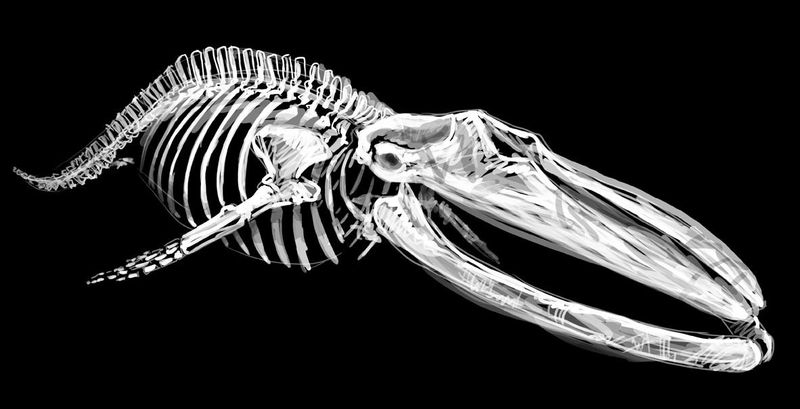
Studying the anatomy of this enormous whale provides invaluable insights into the physiology and adaptations of the largest mammals on Earth.
Its heart, the size of a small car, and immense lungs are marvels of nature, perfectly suited for life in the ocean. Understanding these anatomical features helps scientists appreciate the evolutionary adaptations that have enabled blue whales to thrive.
This knowledge is crucial for identifying potential health issues and developing conservation strategies. The whale’s anatomy is a reminder of the astonishing complexity and beauty of marine life, inspiring awe and curiosity.
Whale’s Diet
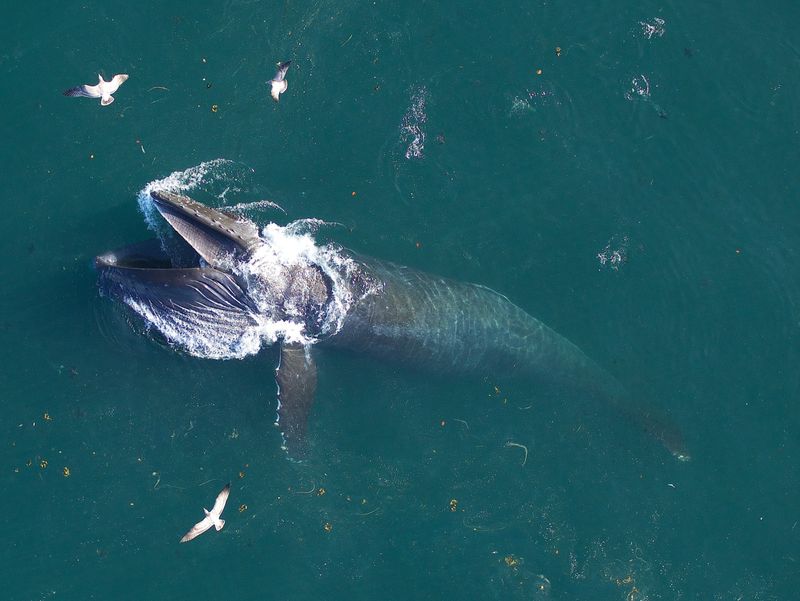
The diet of this gigantic whale primarily consists of tiny crustaceans known as krill, a fascinating aspect given the whale’s enormous size. Observing its feeding habits reveals the intricate balance of marine ecosystems, where even the largest creatures depend on the smallest organisms.
The whale’s unique baleen plates allow it to efficiently filter and consume vast quantities of krill. Understanding its dietary needs is essential for conservation efforts, as changes in krill populations could have dire consequences for blue whales.
This diet reflects the interconnectedness of ocean life, where each species plays a vital role.
Impact on Tourism
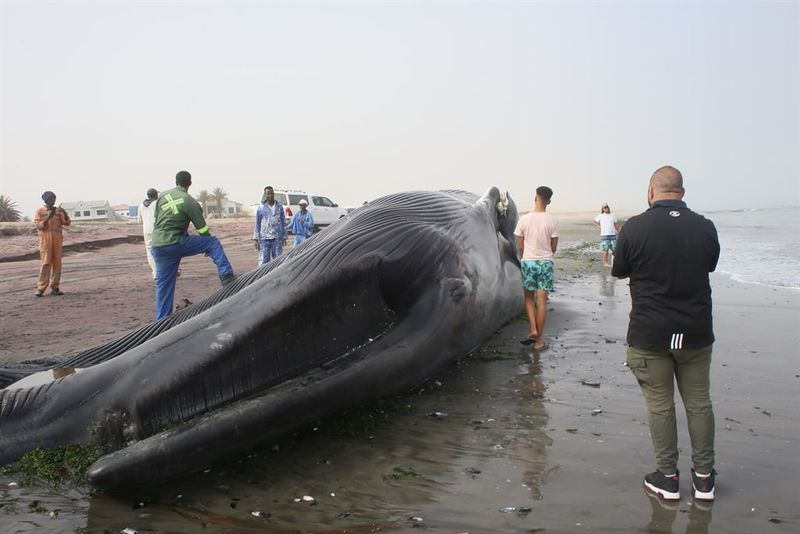
The presence of such a massive whale has had unexpected impacts on local tourism, drawing visitors eager to witness the spectacle.
Whale watching tours have become increasingly popular, providing economic benefits to coastal communities while raising awareness about marine conservation.
This surge in interest highlights the potential for sustainable tourism practices that educate the public about the importance of protecting marine life.
By fostering a deeper connection between humans and the ocean, tourism can play a pivotal role in conservation efforts, showcasing the beauty and significance of these majestic creatures.
Global Attention
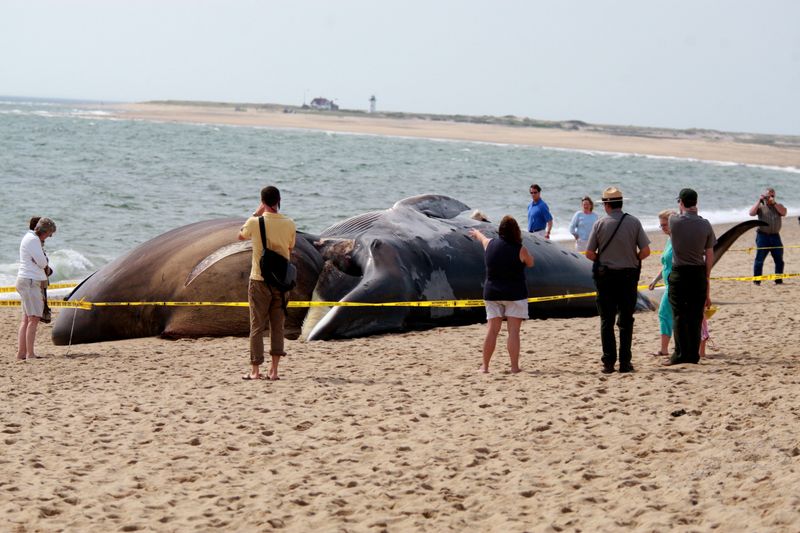
The discovery has captured global attention, with media outlets and scientific communities worldwide discussing its implications. This event has sparked international collaborations among researchers, aiming to share knowledge and resources for studying marine life.
The global focus on this whale highlights the interconnected nature of our world, where events in one location can resonate across continents. It serves as a reminder of the importance of collective efforts in addressing environmental challenges and preserving biodiversity.
The whale’s discovery is more than a local phenomenon; it’s a call to action for a global audience.

